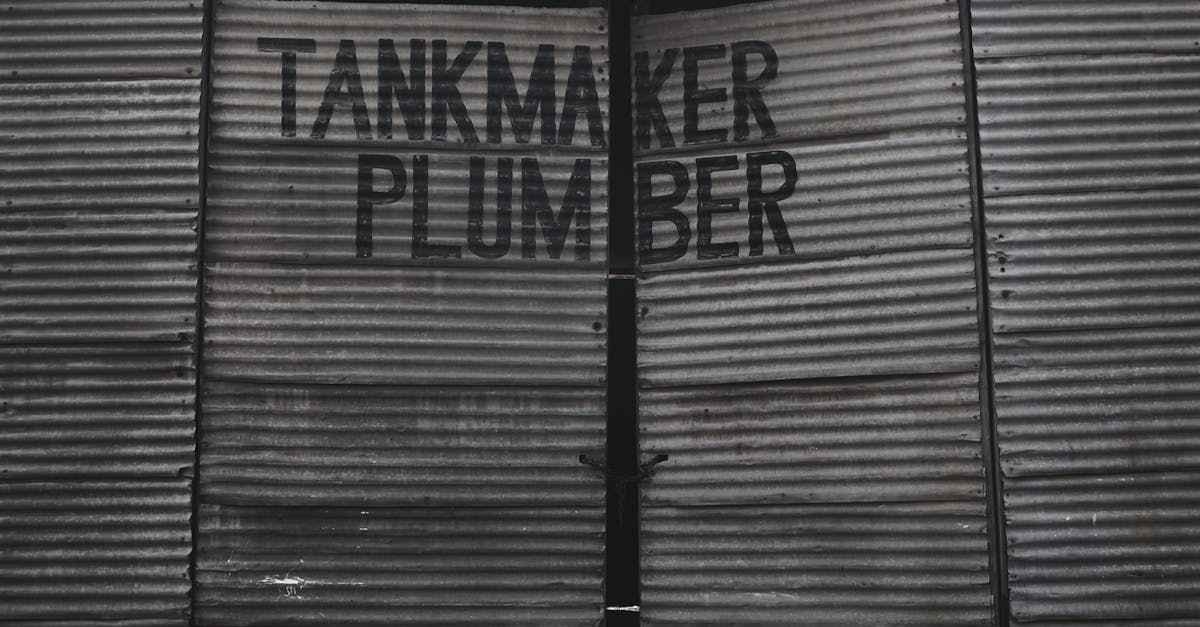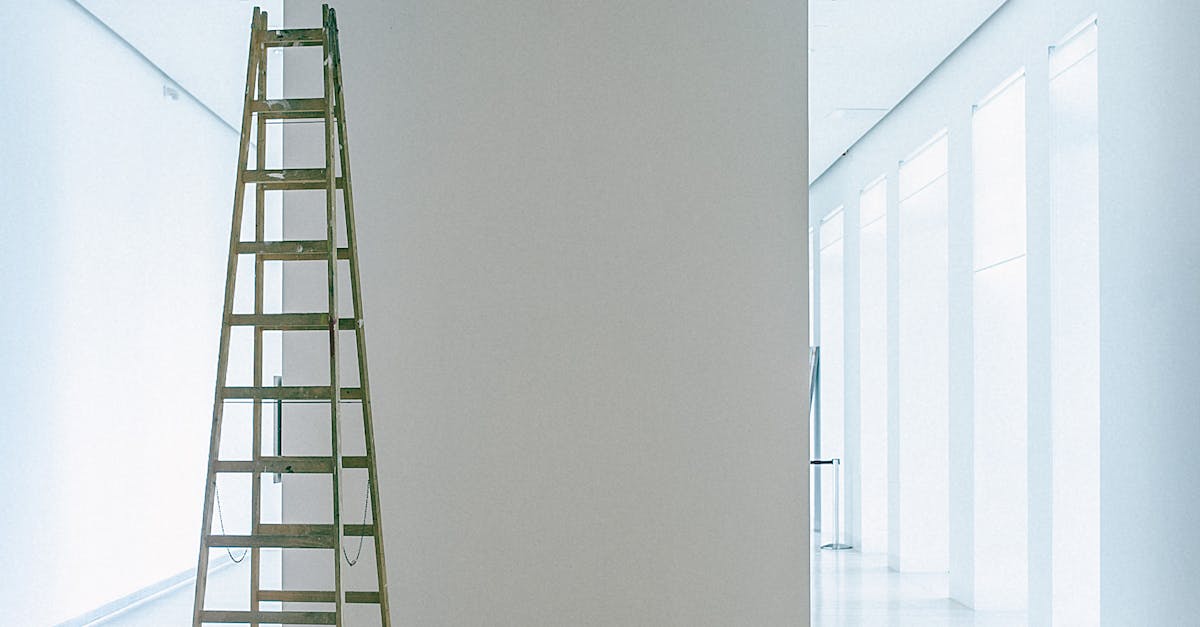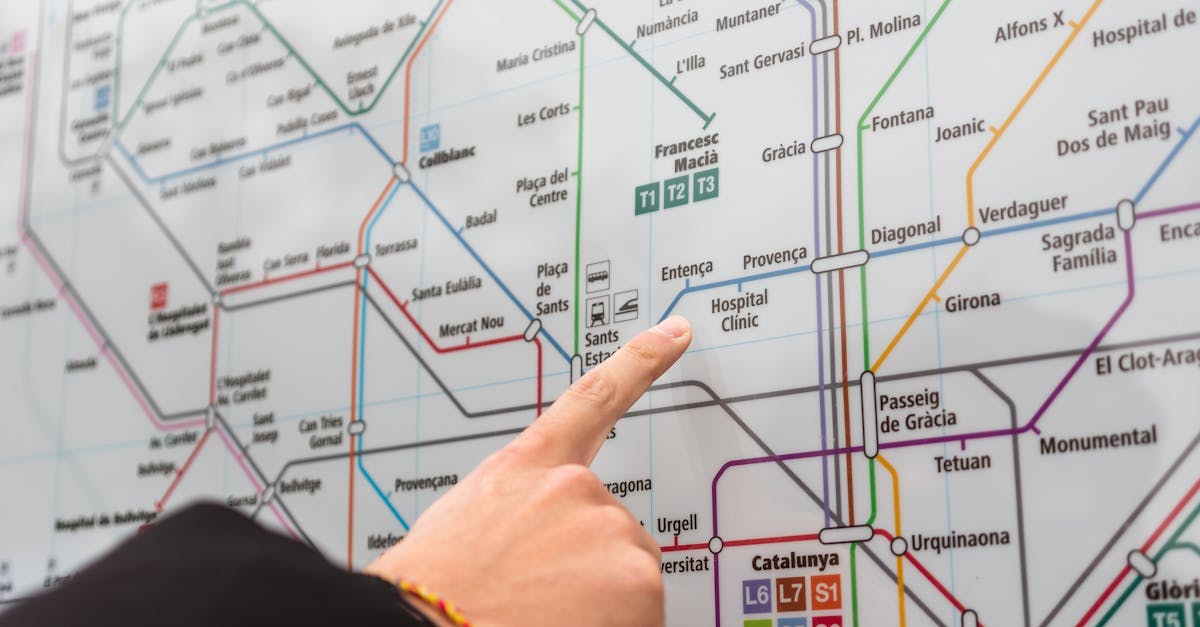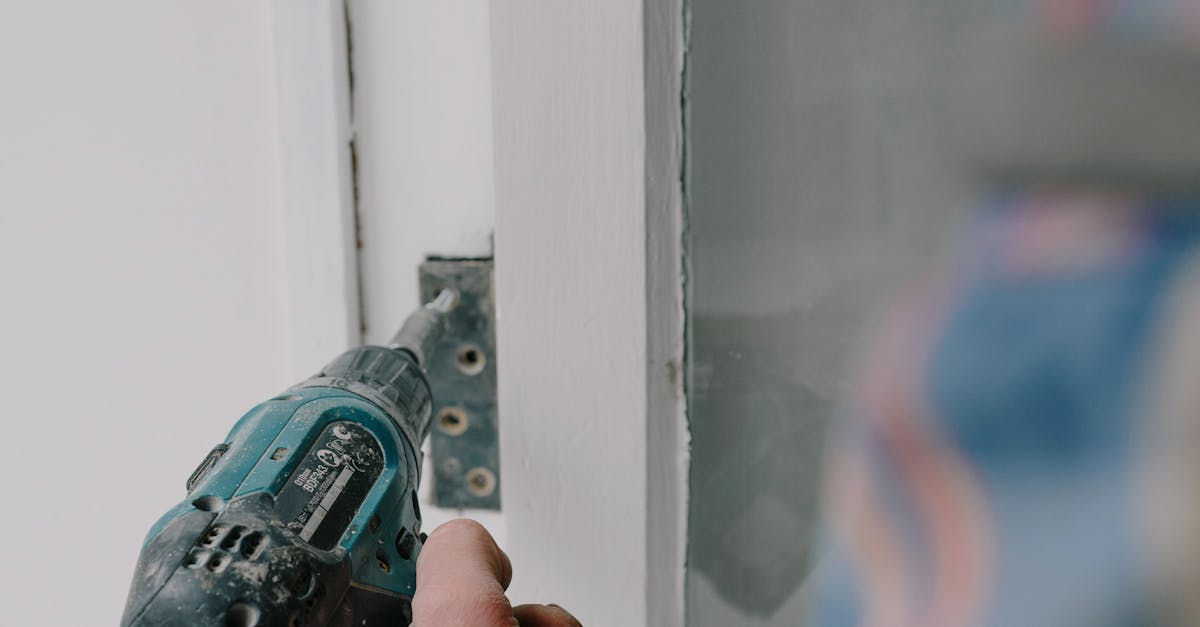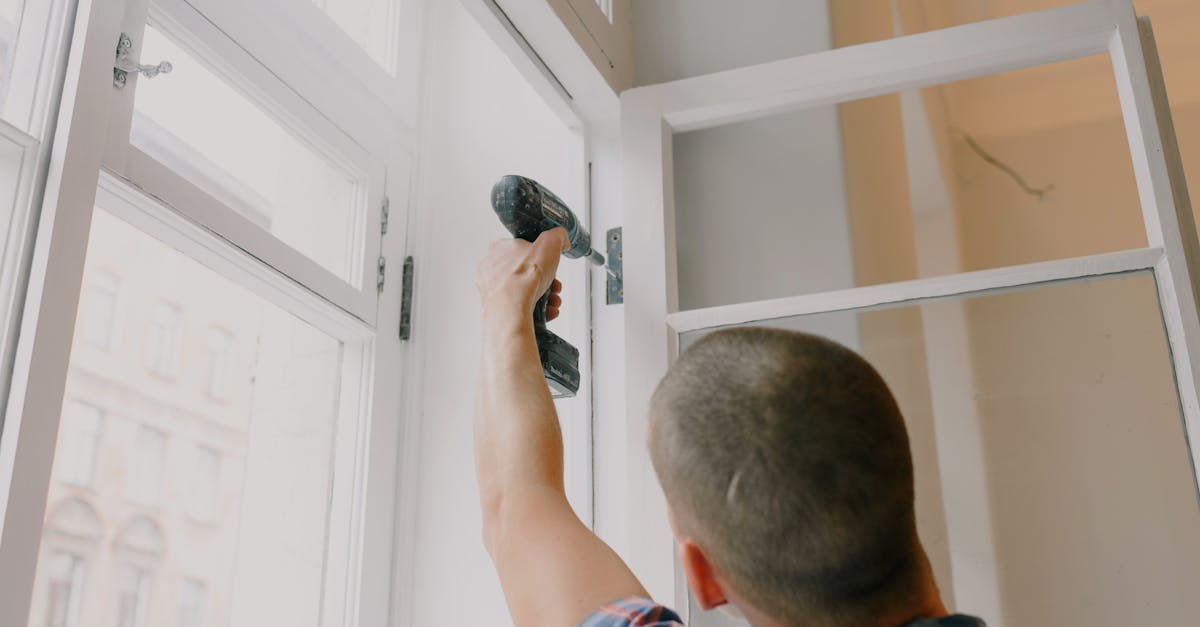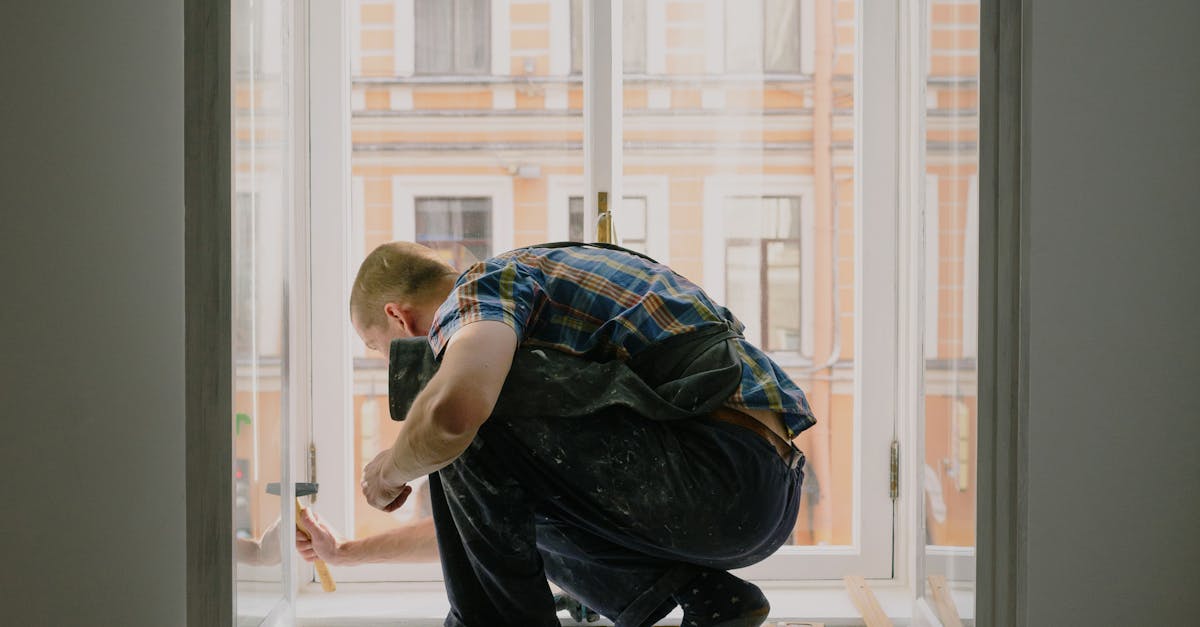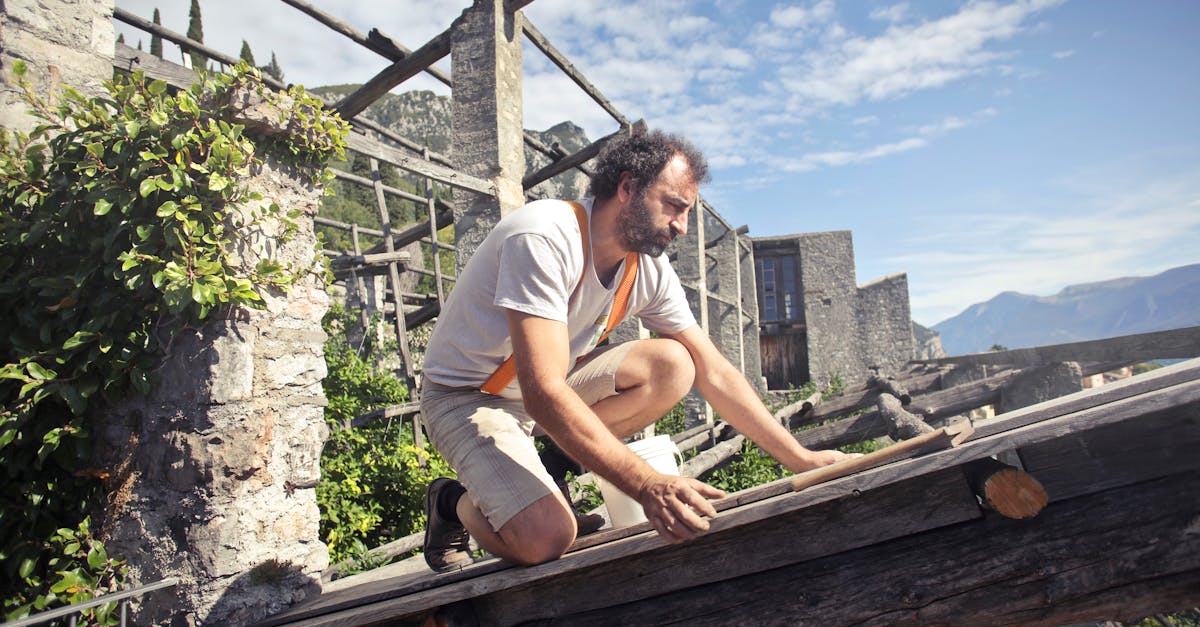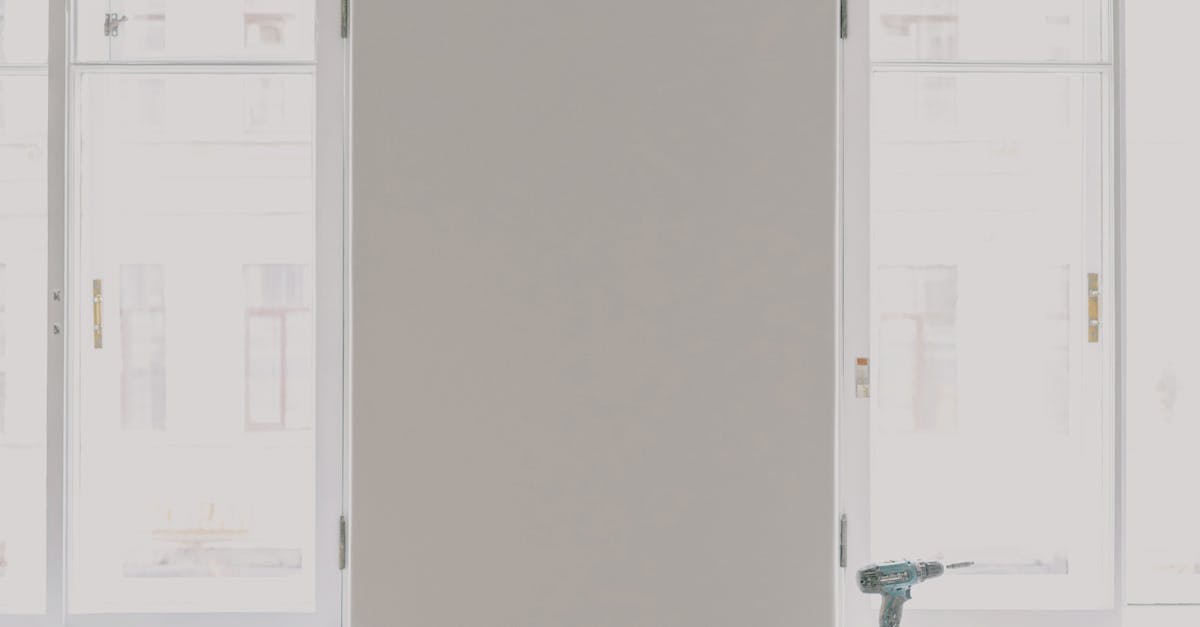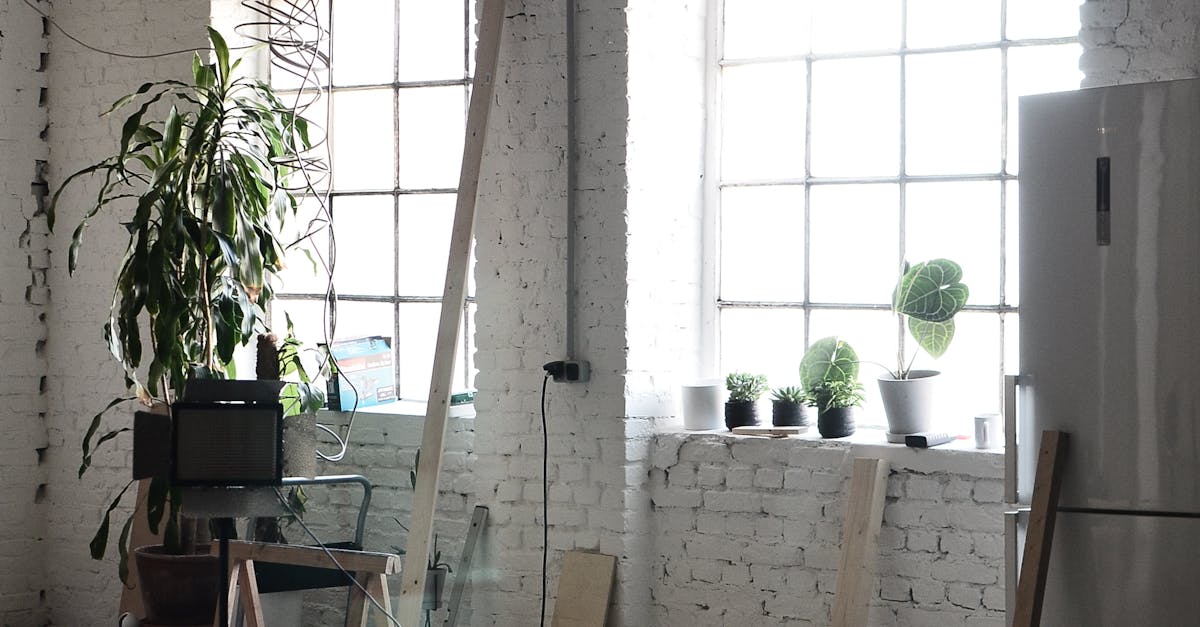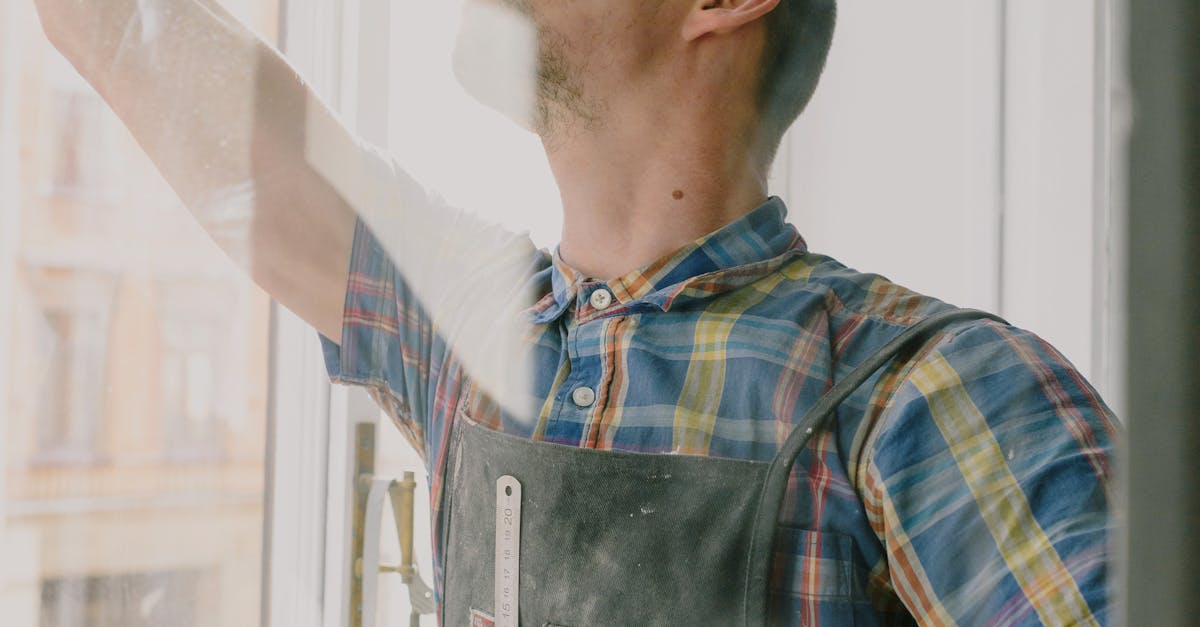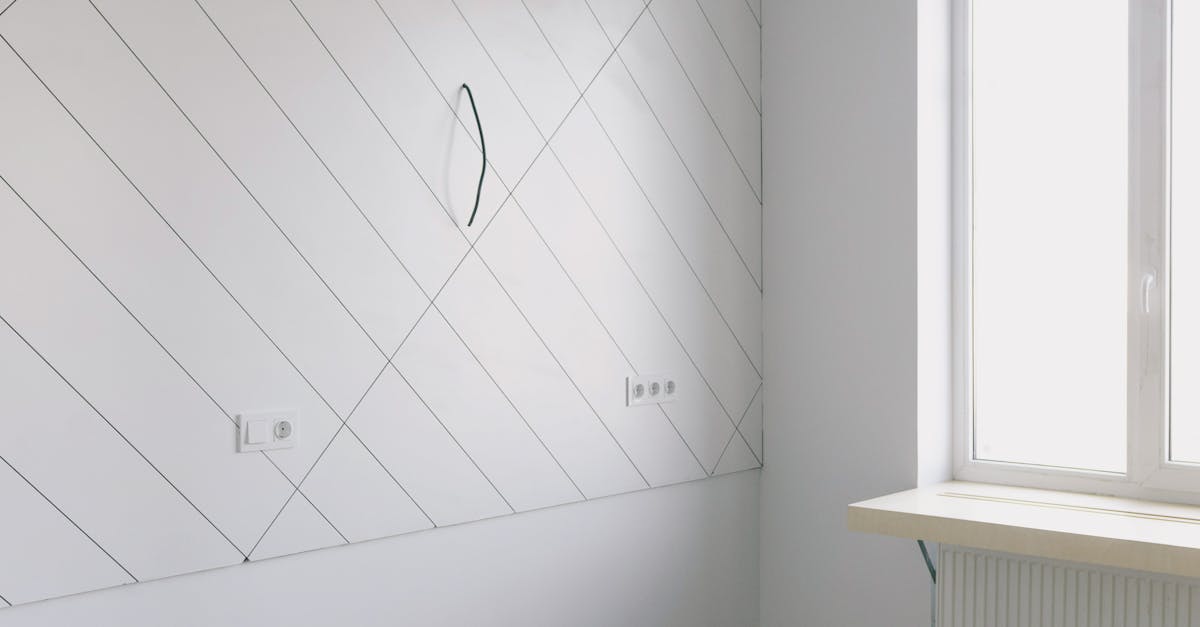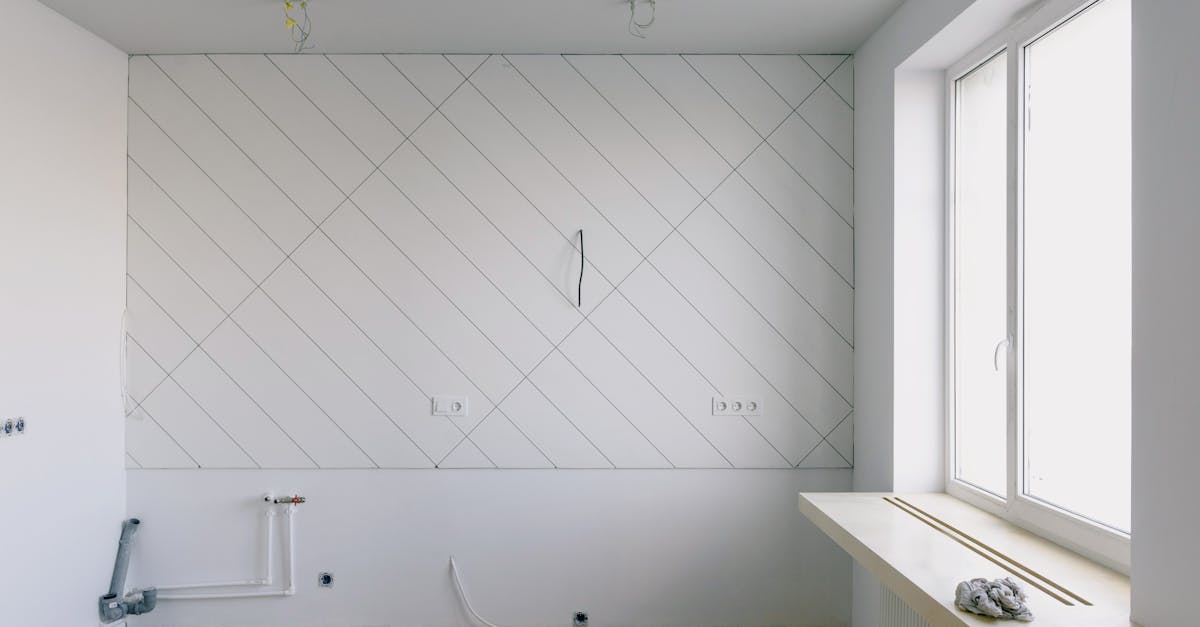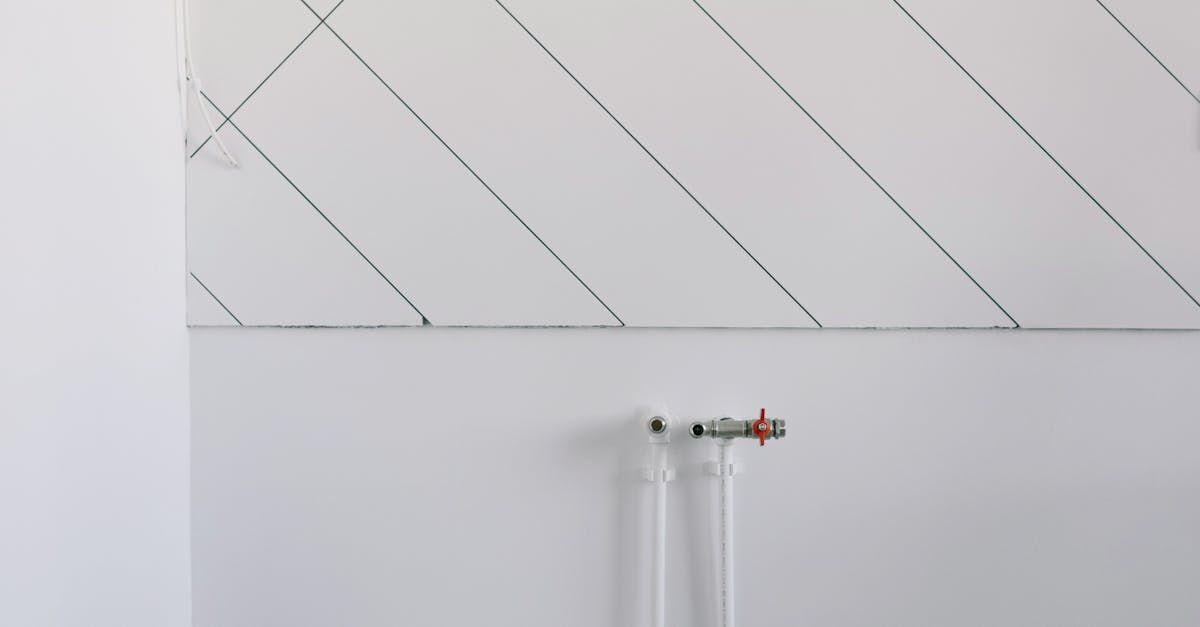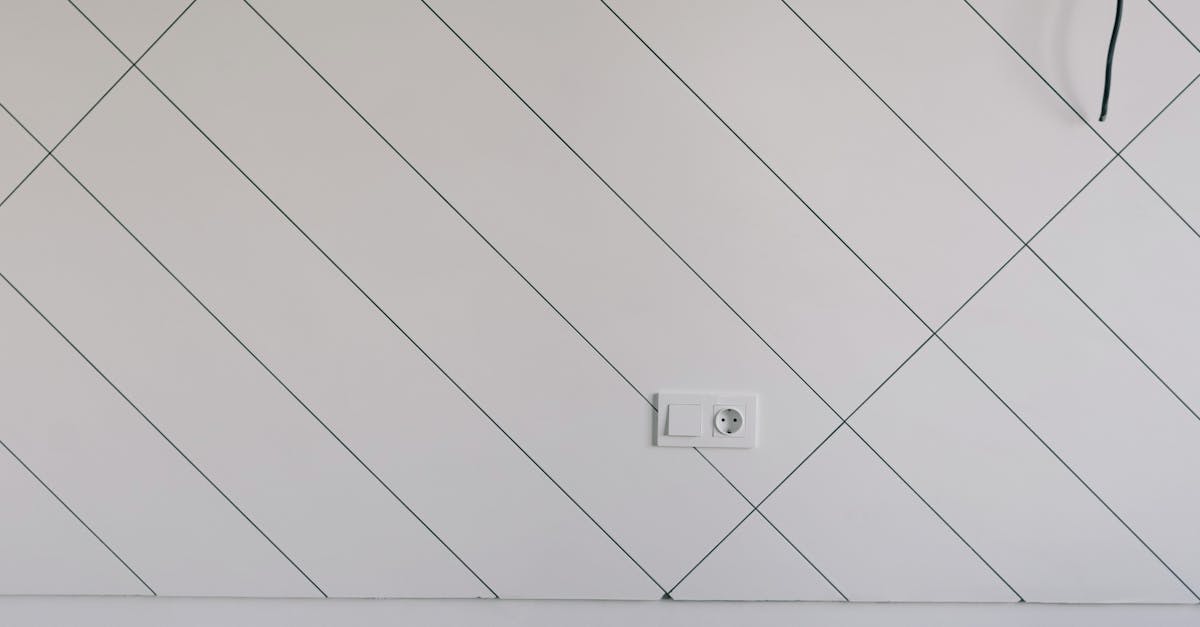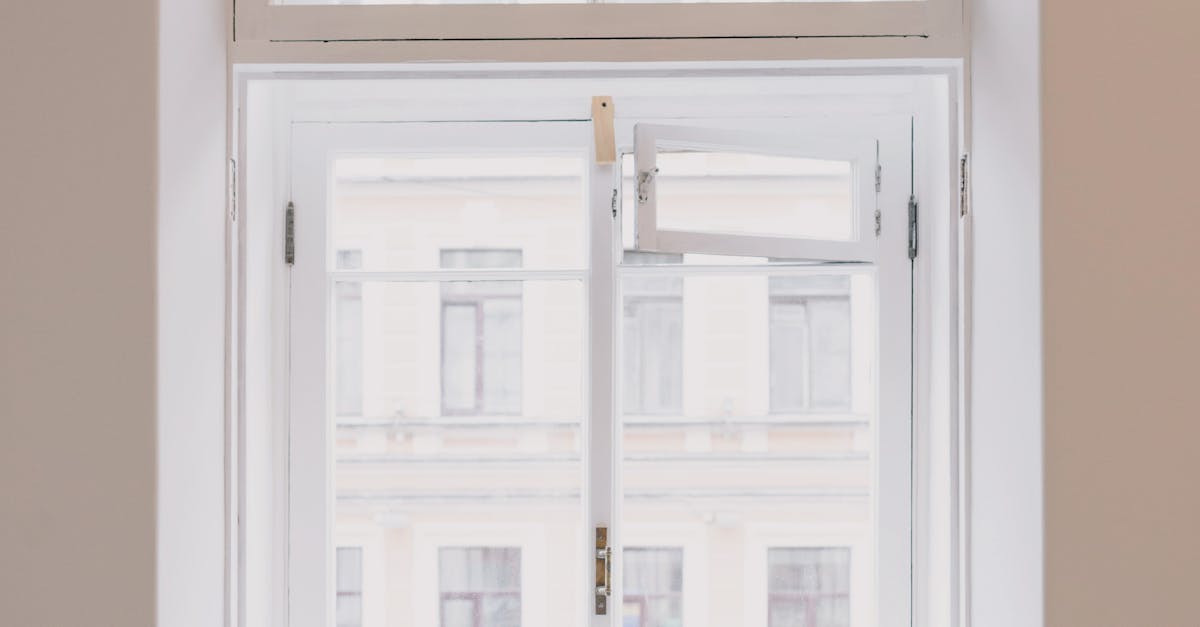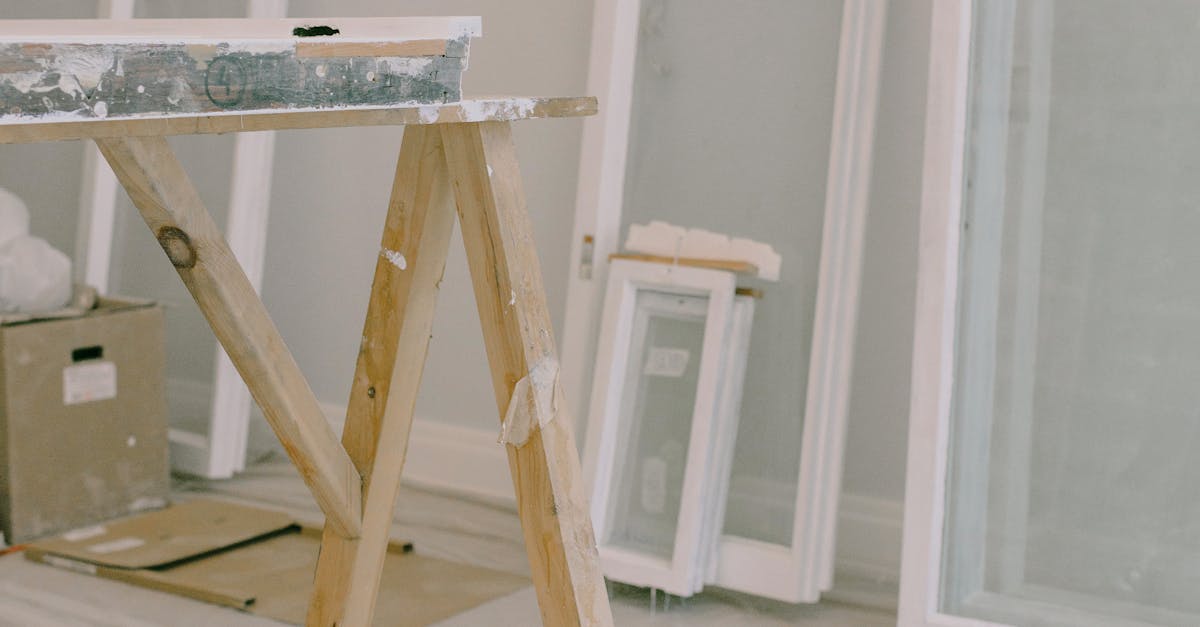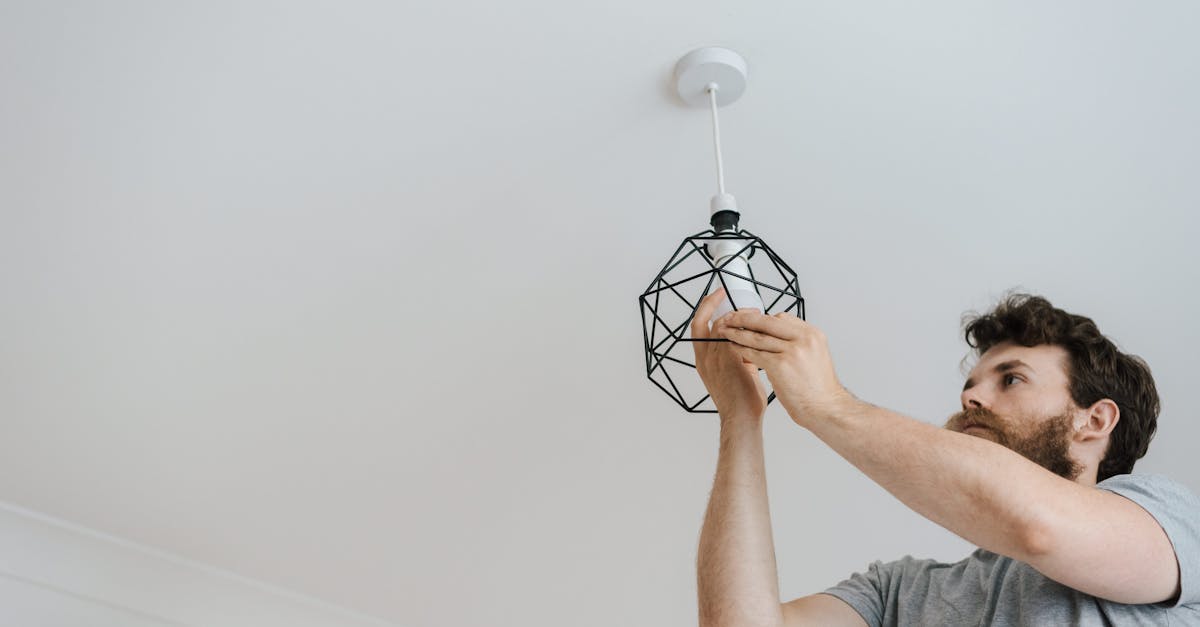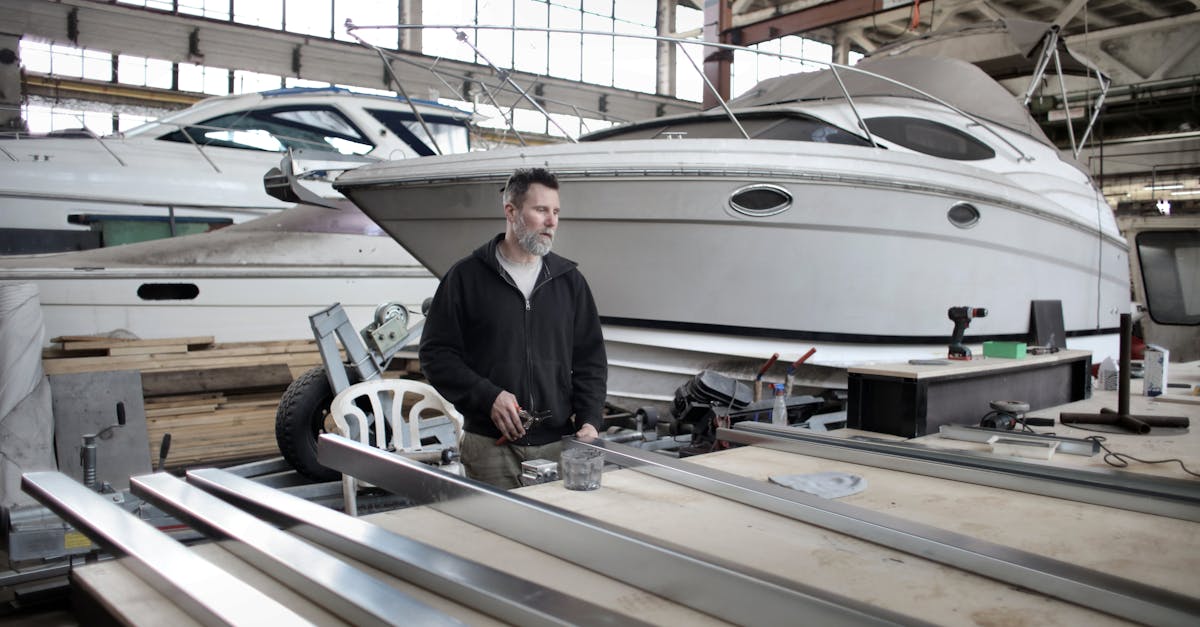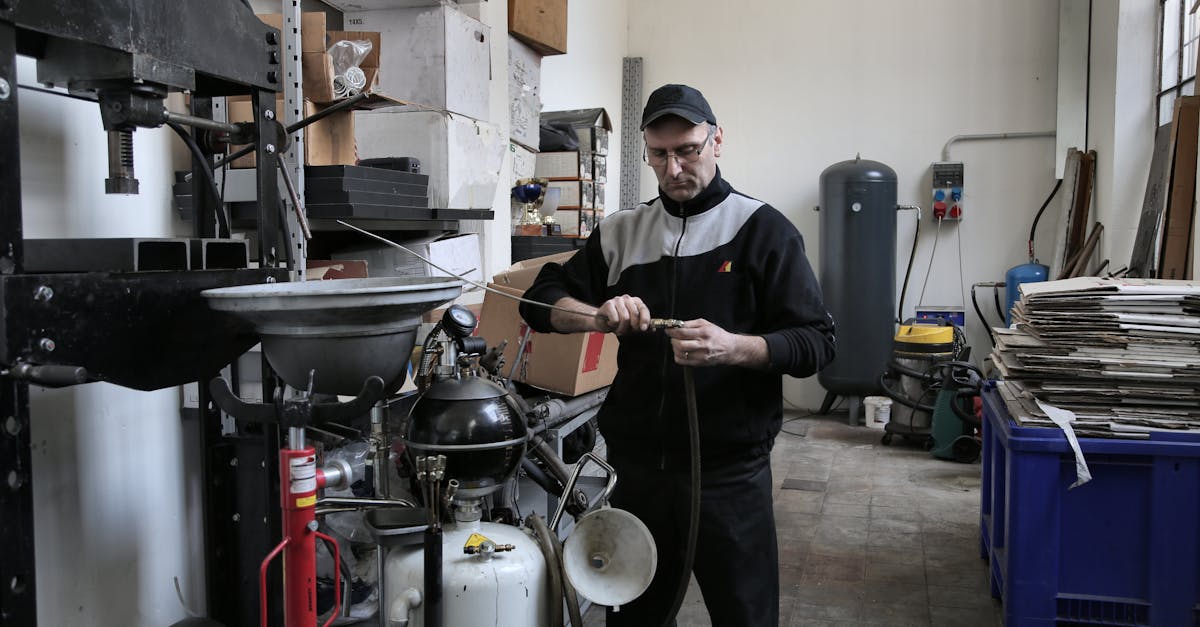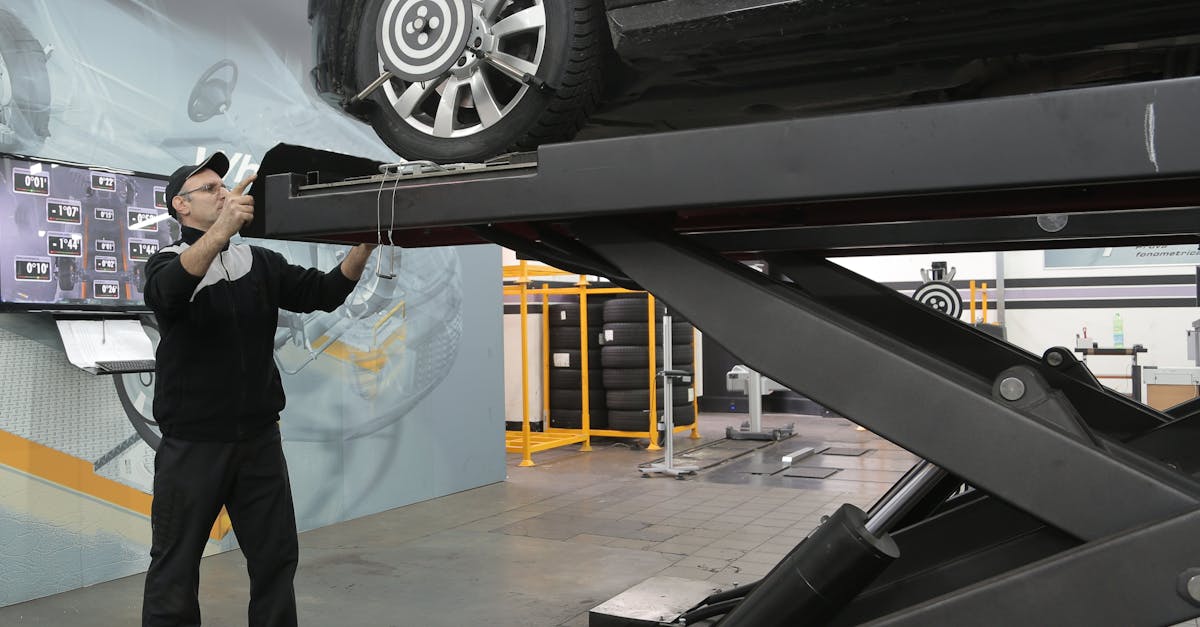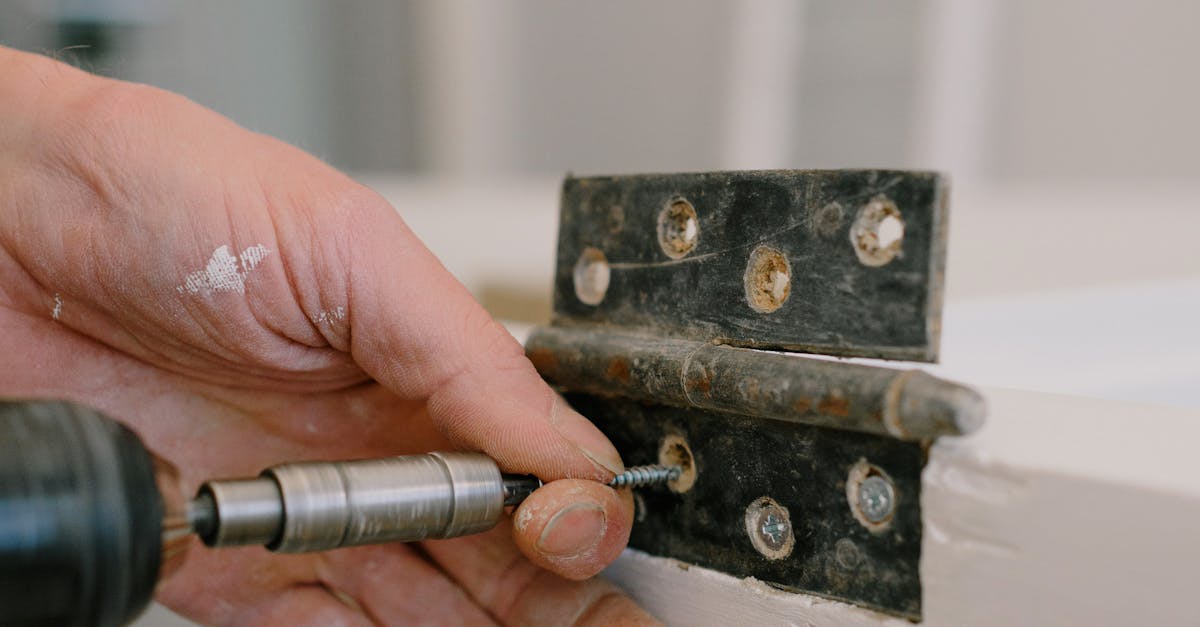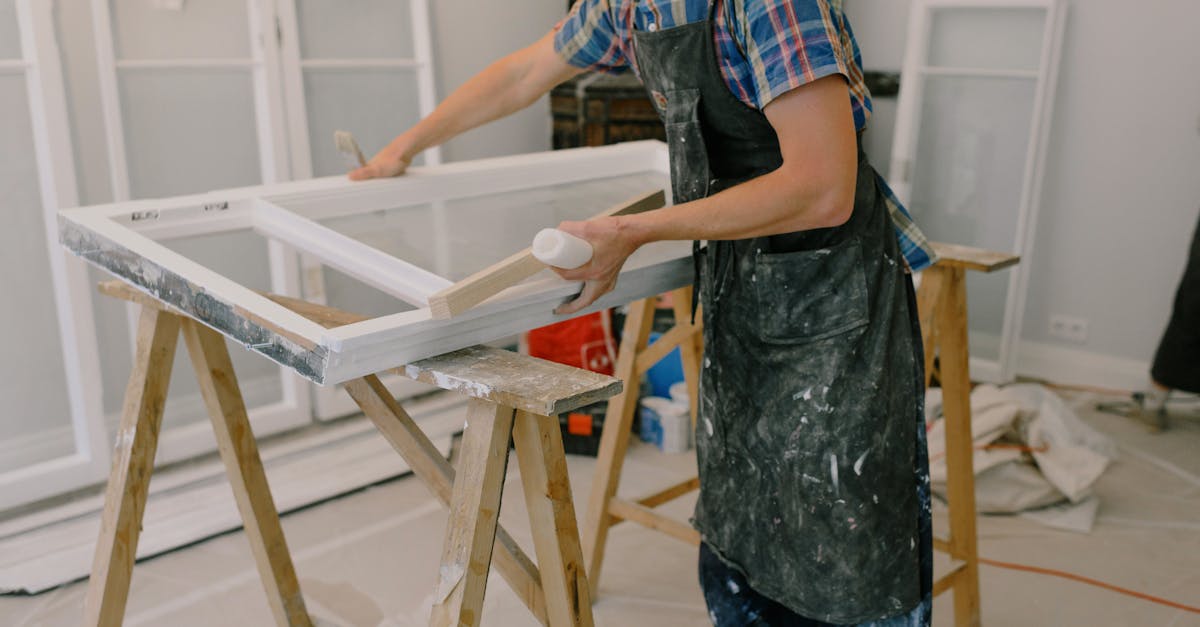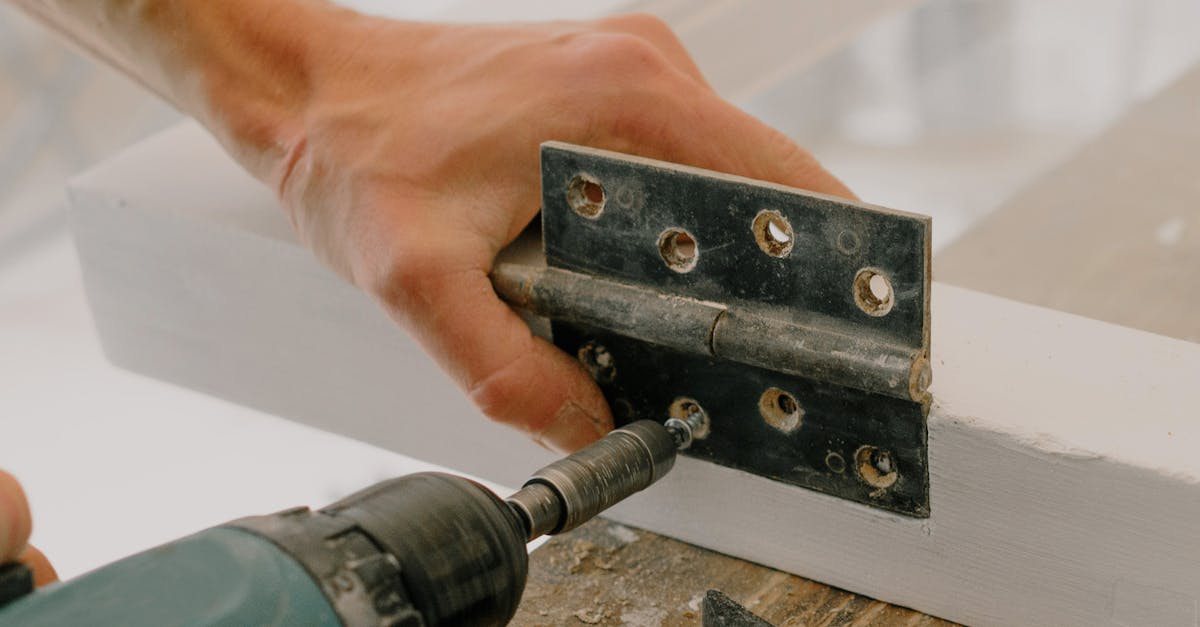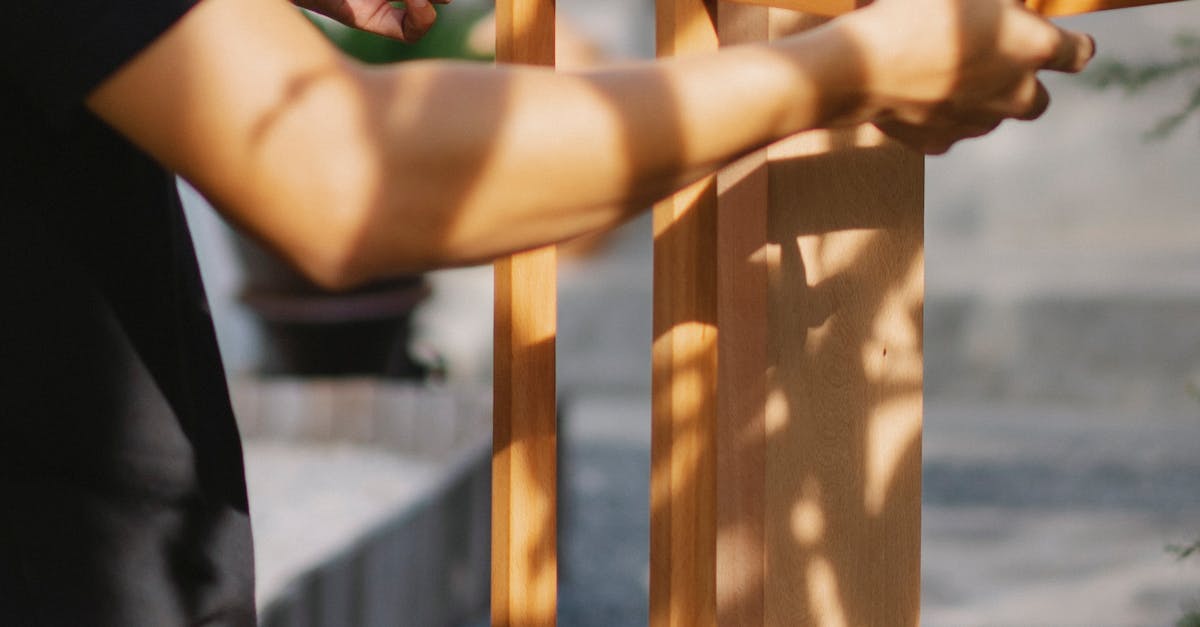
Table Of Contents
Excavating the Trench
Excavating the trench is a critical step in the process of sewer line installation and repair. The first task involves determining the proper depth and width required for the trench, which can vary depending on local regulations and the type of pipe being used. A depth of around 1.2 to 1.8 meters is typical, but it's essential to check specific requirements in your area. Before starting, marking the path of the sewer line helps to keep the project organised and ensures safety by avoiding interference with existing utilities.
When digging the trench, consider using machinery like a mini-excavator, especially for larger projects, to expedite the process and maintain accuracy. For smaller and more confined areas, a shovel may suffice. Keep in mind the soil type and weather conditions, as they can affect the stability of the trench walls. Reinforcing the sides with timber or other materials might be necessary to prevent collapses. Proper excavation lays the groundwork for a successful installation, ensuring that the sewer line operates efficiently once completed.
Techniques for Safe and Efficient Digging
Effective excavation relies on the right techniques to ensure safety and efficiency during the process. Before starting any digging, it is crucial to locate existing underground utilities. This practice not only prevents damaging vital services but also reduces the risk of accidents. Using tools like a spade or excavator allows for precise soil removal, while maintaining the structural integrity of the surrounding area.
When digging the trench for a sewer line installation and repair, maintaining an appropriate trench depth and width is essential. Following local regulations will guide these specifications and help prevent cave-ins. Incorporating safety measures such as shoring or trench boxes can protect workers in deeper trenches. Regularly checking soil conditions can also help in adapting the digging technique to ensure a secure workspace.
Installing the Pipe System
Proper installation of the pipe system is crucial for ensuring the longevity and efficiency of the sewer line. Begin by carefully laying the chosen pipes along the excavated trench, ensuring that they maintain a consistent slope for optimal gravity flow. It’s essential to position the pipes correctly to prevent blockages and minimise the risk of leaks. If using PVC or ABS pipes, be sure to follow the manufacturer's guidelines for cutting and fitting, employing the appropriate adhesives to create watertight seals.
When integrating the new sewer line with existing systems, it is important to pay attention to local regulations and best practices. Join the pipes using suitable connectors, carefully ensuring that each joint is secure and leak-proof. Regularly check for any signs of misalignment during the installation to avoid future complications. Comprehensive planning and attention to detail during sewer line installation and repair can help mitigate issues down the line, making for a safe and effective drainage system.
Types of Pipes Suitable for Sewer Lines
When considering types of pipes suitable for sewer lines, several materials stand out for their durability and effectiveness. PVC pipes are a popular choice due to their resistance to corrosion and low weight, making them easier to handle during installation. Another common option is ductile iron pipes, which offer excellent strength and longevity under heavy loads. For specific applications, such as high-pressure environments, HDPE (high-density polyethylene) pipes are often recommended for their flexibility and resilience.
Sewer line installation and repair often require the use of reinforced concrete pipes, especially in large municipal systems. These pipes can withstand significant pressure and are suitable for deep installations. Additionally, clay pipes are historically used in sewer applications due to their natural resistance to deterioration, although they are less common today. Each type of pipe presents its advantages and limitations, making it essential to assess the specific requirements of the project when selecting materials.
Connecting to the Main Sewer Line
Connecting to the main sewer line is a crucial step in the overall process of sewer line installation and repair. Before making any connections, ensure that all local regulations and codes are thoroughly understood and adhered to. This may involve obtaining necessary permits and scheduling inspections. The connection point should be carefully selected to promote optimal flow and prevent the risk of blockages. It is essential to consider the depth of the existing sewer line and align the new pipes appropriately to facilitate a smooth transition.
Once the connection point is established, the next phase involves preparing the sewer pipe that will link to the main line. This often includes cutting the main sewer line and fitting a wye or a tee fitting to ensure a seamless connection. Proper fittings must be used to maintain consistent flow and avoid leaks. After ensuring a secure fit, the connections should be tested for stability and watertight integrity, as any faults can lead to costly repairs in the future. This stage demands precision to enable the effective operation of the entire sewer system.
Best Practices for Making Connections
Making connections in sewer line installation and repair requires meticulous attention to detail. It is essential to ensure that all segments of pipe fit snugly together. This can be achieved by using appropriate connectors and fittings designed for the material of the pipes. Thoroughly clean both the ends of the pipes and the connectors to eliminate any debris. Proper alignment is crucial to prevent misalignments that could lead to leaks or blockages in the future.
Furthermore, it is advisable to use silicone sealants or PVC solvent cement, depending on the pipe type, to create a watertight seal. Focusing on the depth of the connections is also important. They should be buried deep enough to avoid potential damage from surface activities yet not so deep that tracking or sagging occurs. Regular inspection throughout the connection process ensures that any issues are addressed promptly.
FAQS
What tools do I need to install a sewer line?
To install a sewer line, you will typically need tools such as a shovel, pickaxe, wheelbarrow, measuring tape, level, PVC or ABS pipe cutter, and a trenching machine for larger projects.
How deep should the sewer line be buried?
The sewer line should generally be buried at least 450mm to 600mm deep, depending on local building codes and the frost line in your area.
What types of pipes are best for sewer lines?
Common types of pipes suitable for sewer lines include PVC (polyvinyl chloride), ABS (acrylonitrile butadiene styrene), and sometimes cast iron or clay, depending on local regulations and conditions.
Can I install a sewer line myself, or do I need a professional?
While DIY installation is possible, it is recommended to consult or hire a professional plumber, especially for complex connections and to ensure compliance with local regulations.
What are the best practices for connecting to the main sewer line?
Best practices include ensuring proper alignment and slope of the pipes, using flexible joints, sealing connections well to prevent leaks, and inspecting the connection for compliance with local regulations.
